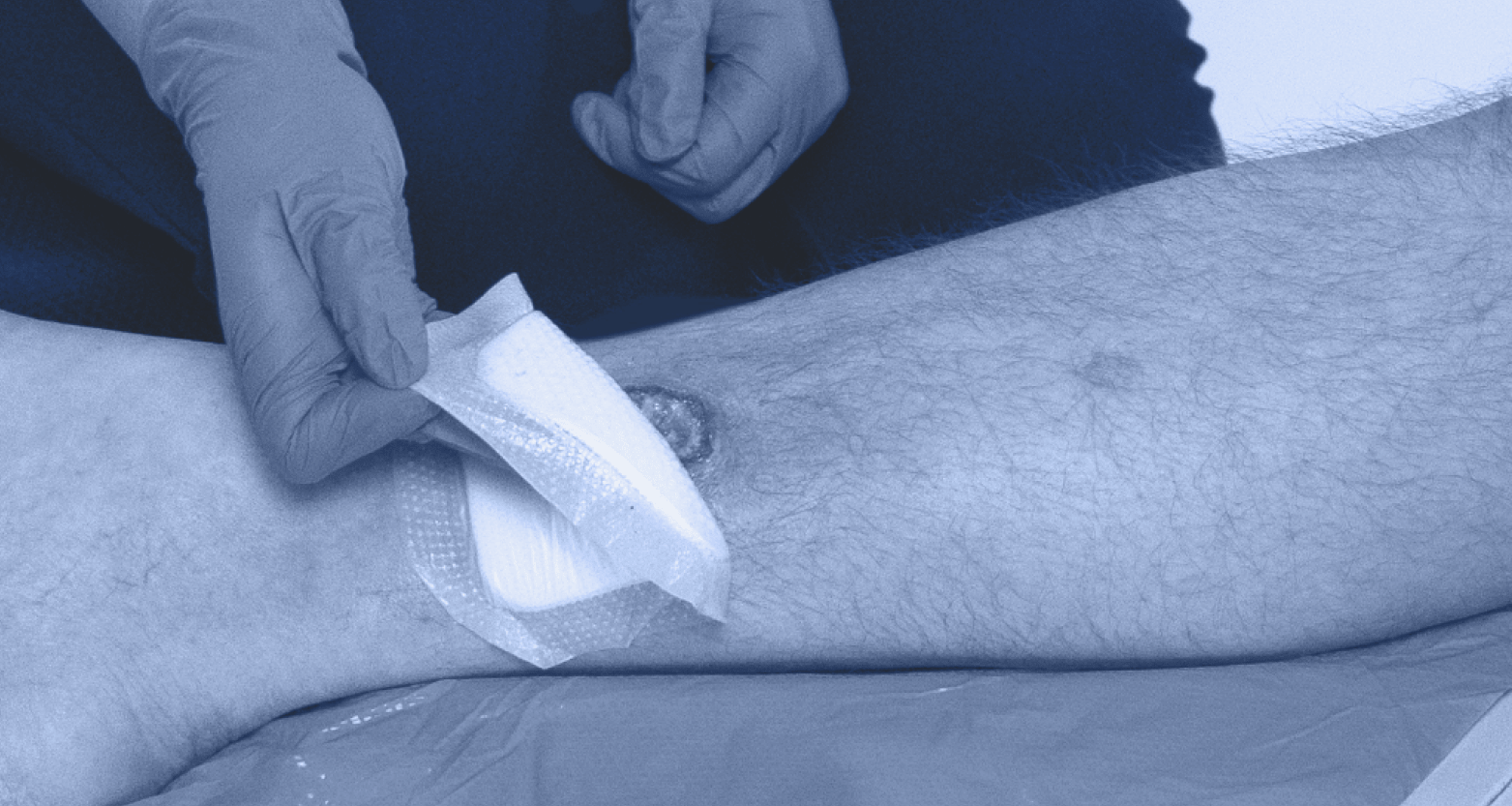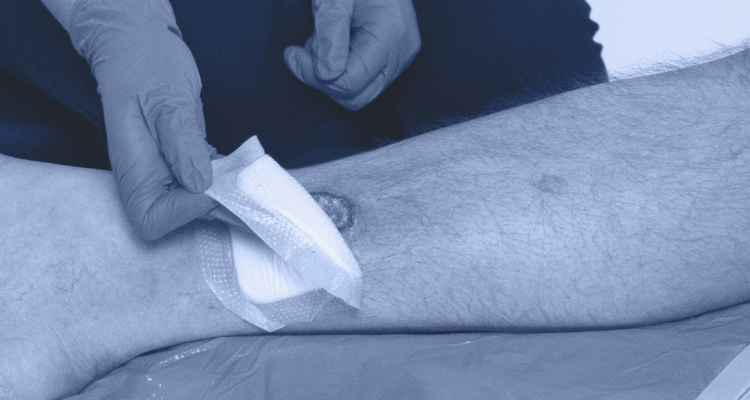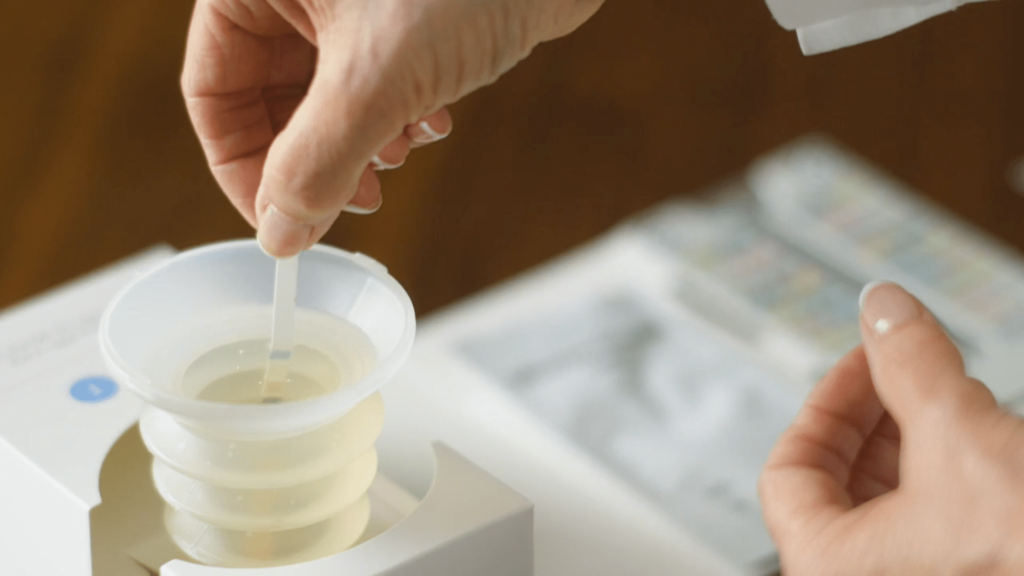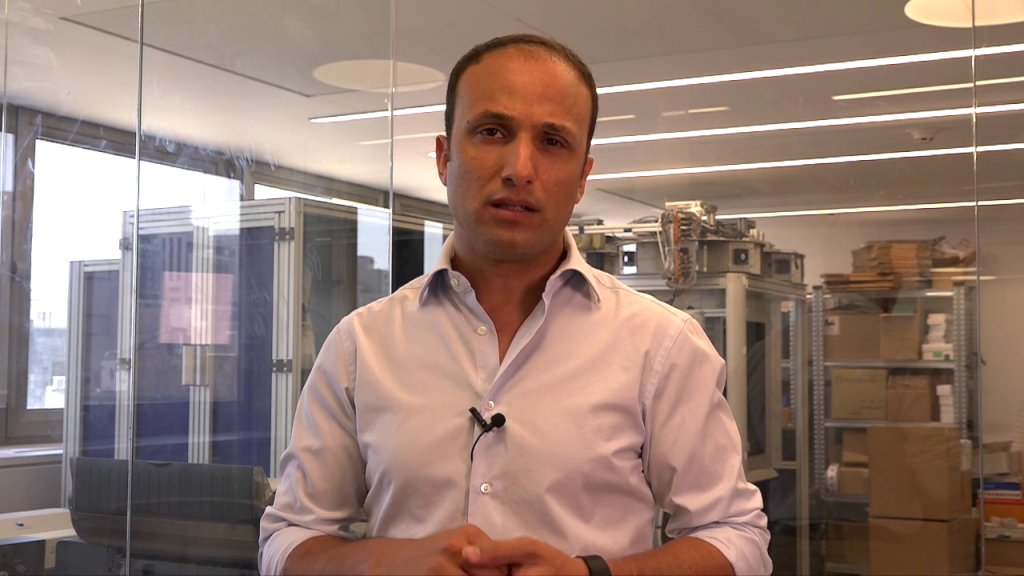This article was originally published in Today’s Wound Clinic.
Wound care has been late to the technology game, especially when it comes to tools for care management that enable fast and accurate measurement and documentation, tracking healing over time, and data sharing between team members. Telehealth can help keep patients with wounds safe by minimizing face-to-face interaction.
But telehealth alone will not solve the $50 billion annual wound care burden. To manage and treat wounds at scale, clinicians need digital tools to assess, track and collaborate on the healing of wounds. Digitizing wound management is the key to doing just that.
Treating chronic wounds is a slow and challenging process even in the best of times. More than eight million Americans—almost 15% of Medicare beneficiaries—have wounds that take months or years to heal. Those wounds need to be cleaned, treated and bandaged regularly. Caring for chronic wounds costs over $50 billion annually, and costs continue to rise.
In the face of COVID-19, the challenges of wound care have become even greater. People with chronic wounds tend to be older, and often suffer from diabetes and other comorbidities, placing them at a high risk for coronavirus complications.
The many people already homebound because of their wounds have found themselves more isolated than ever before during the pandemic. Even for those with higher mobility, a simple visit for treatment at a wound clinic has become fraught with the risk of a COVID-19 infection. Half of American adults said that they or someone in their household have delayed or canceled medical treatment due to the pandemic, according to a recent Kaiser Family Foundation Health Tracking Poll. There is a real risk that patients may neglect treating their wounds, hindering healing and prolonging pain and discomfort. This may exacerbate the stress and depression that many people with chronic wounds cope with daily, because of their tendency to isolate.
On the health care provider side, wound care clinicians have long been over-extended, with only one wound nurse for every 500 patients with chronic wounds. The disruptive effects of the pandemic coupled with an increasing demand for quality care have placed an ever-growing premium on clinicians’ time and resources. Many clinicians have shifted their roles, leading to irregularities in wound treatment, harming continuity, and leading to delayed care. A lack of coordination can also manifest itself in incomplete documentation, even though reimbursement policies and audits require increasingly comprehensive documentation.
Wound care has always benefited from the tireless work of nurses and other clinicians tending to wounds, but it has lagged behind in the utilization of technology. Innovative wound management solutions can help solve the challenges facing patients with chronic wounds and clinicians by providing tools to monitor, manage, and heal wounds more effectively.
Click here to read the rest of this article at Today’s Wound Clinic.






